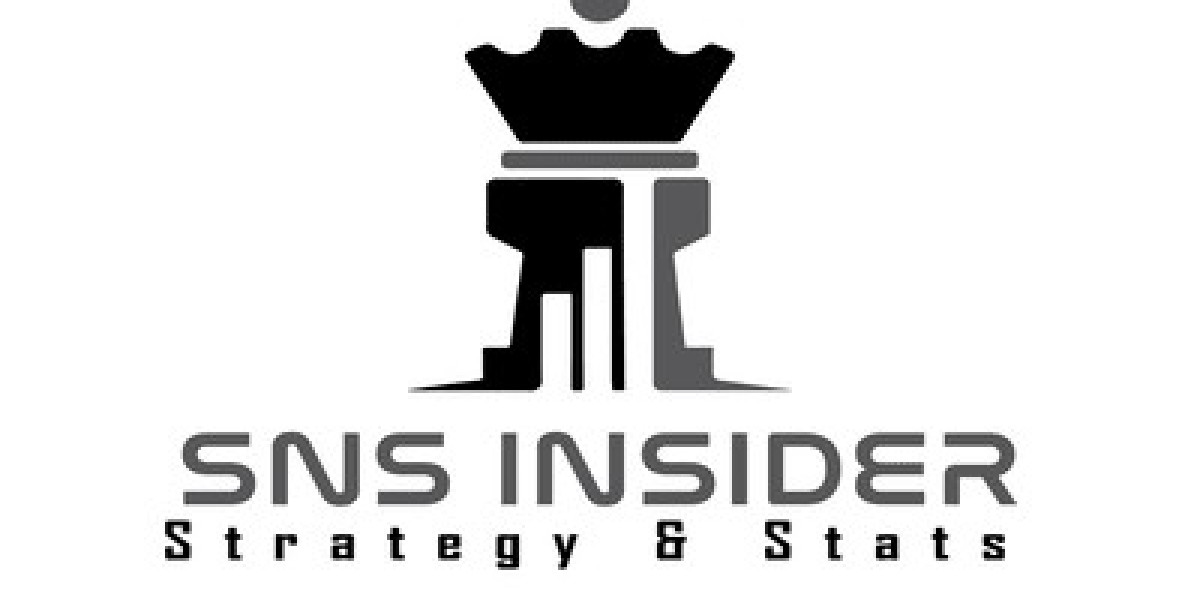While off-the-shelf CRM solutions offer valuable features, many businesses find that they need a more tailored approach to meet their unique needs. This is where the concept of "building your own CRM" comes into play. In this article, we'll explore the importance of creating a CRM ecosystem by integrating third-party tools with your custom-built CRM system.
Building Your Own CRM: A Tailored Approach
Building your own CRM system allows you to design a solution that perfectly aligns with your organization's specific requirements. It empowers you to customize workflows, data fields, and user interfaces, ensuring that your CRM serves as a strategic asset rather than a one-size-fits-all solution. However, even the most comprehensive custom CRM systems can benefit from the integration of third-party tools.
The Power of Integration
Integration is the process of connecting your custom CRM with external software, services, or applications, commonly referred to as third-party tools or plugins. These integrations expand the capabilities of your CRM, making it a central hub for various business functions. Let's delve into why integrating third-party tools is crucial:
Enhanced Functionality: By integrating tools like email marketing platforms, social media management software, or accounting systems, you can extend the functionality of your CRM. This enhances your ability to manage leads, automate marketing campaigns, and streamline financial processes, all within a single interface.
Data Consolidation: Integrations facilitate the seamless exchange of data between your CRM and other systems. This ensures that all customer information, interactions, and transactions are centralized, providing a holistic view of your customers. This, in turn, empowers your team to make informed decisions and deliver personalized experiences.
Efficiency and Productivity: With integrated third-party tools, you can automate repetitive tasks and workflows. For instance, integrating a scheduling tool can simplify appointment booking, while connecting a customer support system can improve issue resolution times. This boosts overall efficiency and productivity within your organization.
Scalability: As your business grows, you may need to add new tools or services to your CRM ecosystem. Integrations allow for scalability, ensuring that your CRM can adapt to changing business requirements without the need for a complete overhaul.
Choosing the Right Integrations
Selecting the right third-party tools for your CRM ecosystem is critical. Here are some considerations:
Compatibility: Ensure that the tools you choose are compatible with your custom CRM system and can seamlessly exchange data.
Security: Prioritize tools with robust security features to protect sensitive customer data.
Scalability: Opt for integrations that can grow with your business and accommodate future needs.
Support and Updates: Choose tools with a strong support system and a history of regular updates to maintain functionality and security.
Examples of CRM Integrations
Email Marketing Integration: Connect your CRM with email marketing platforms like Mailchimp or HubSpot to automate email campaigns and track customer engagement.
E-commerce Integration: For businesses with online stores, integrating e-commerce platforms such as Shopify or WooCommerce can provide insights into customer purchasing behavior.
Customer Support Integration: Integrate customer support tools like Zendesk or Freshdesk to streamline issue resolution and enhance customer satisfaction.
Analytics and Reporting Integration: Connect your CRM with analytics tools like Google Analytics or Tableau to gain deeper insights into customer behavior and campaign performance.
Conclusion
Building your own CRM is a powerful strategy for tailoring your customer relationship management to your organization's unique needs. However, the true potential of your CRM is realized when you create an ecosystem by integrating third-party tools. These integrations enhance functionality, streamline processes, and contribute to better customer experiences. As you embark on your CRM customization journey, remember that integration is the key to building a robust and efficient CRM ecosystem that empowers your business to thrive.








